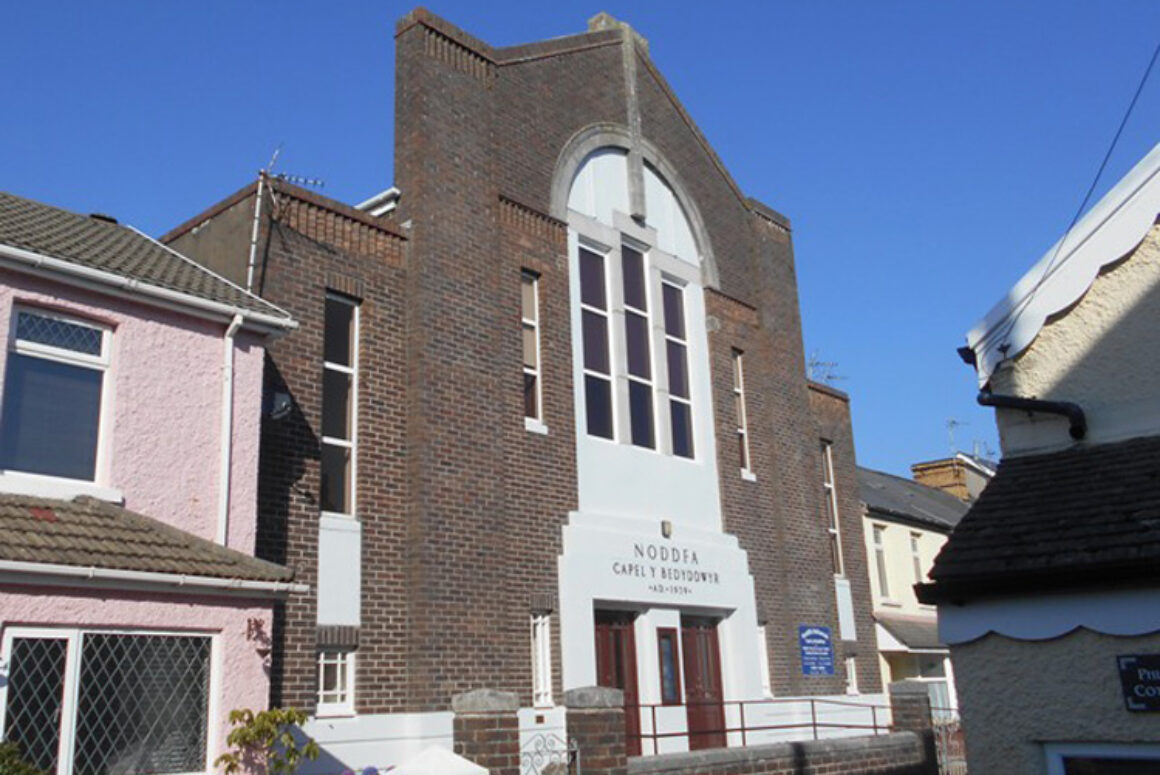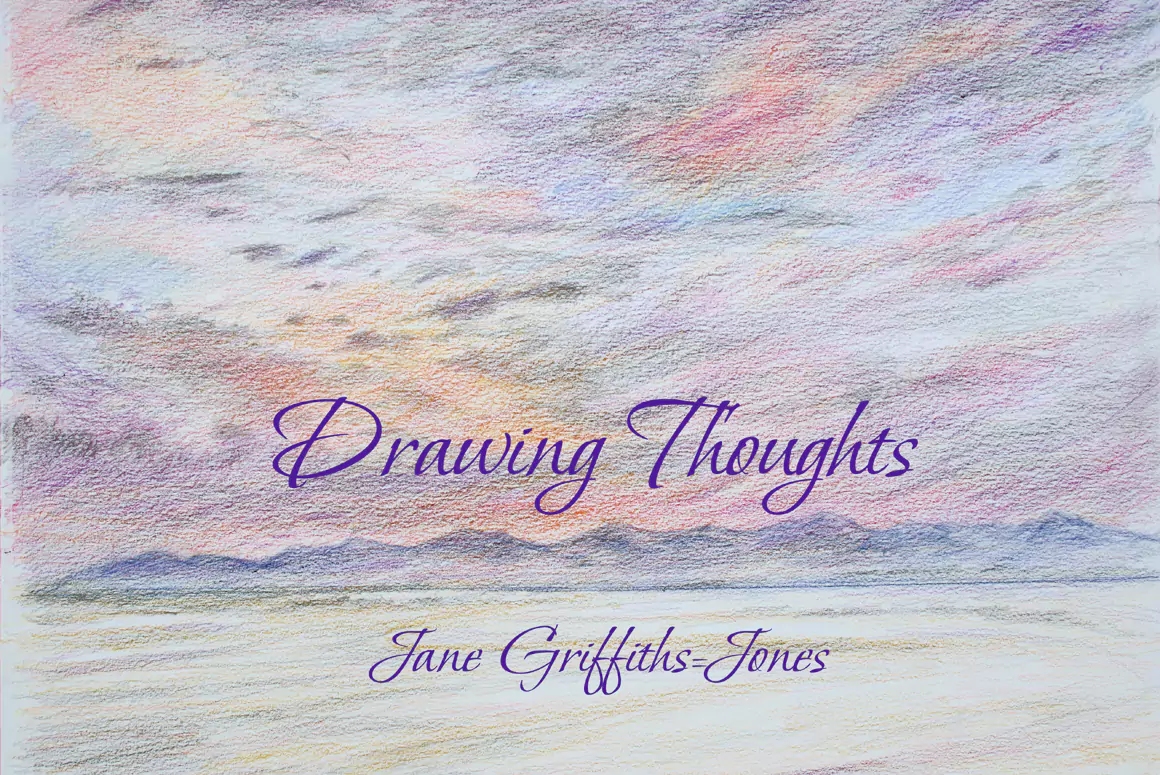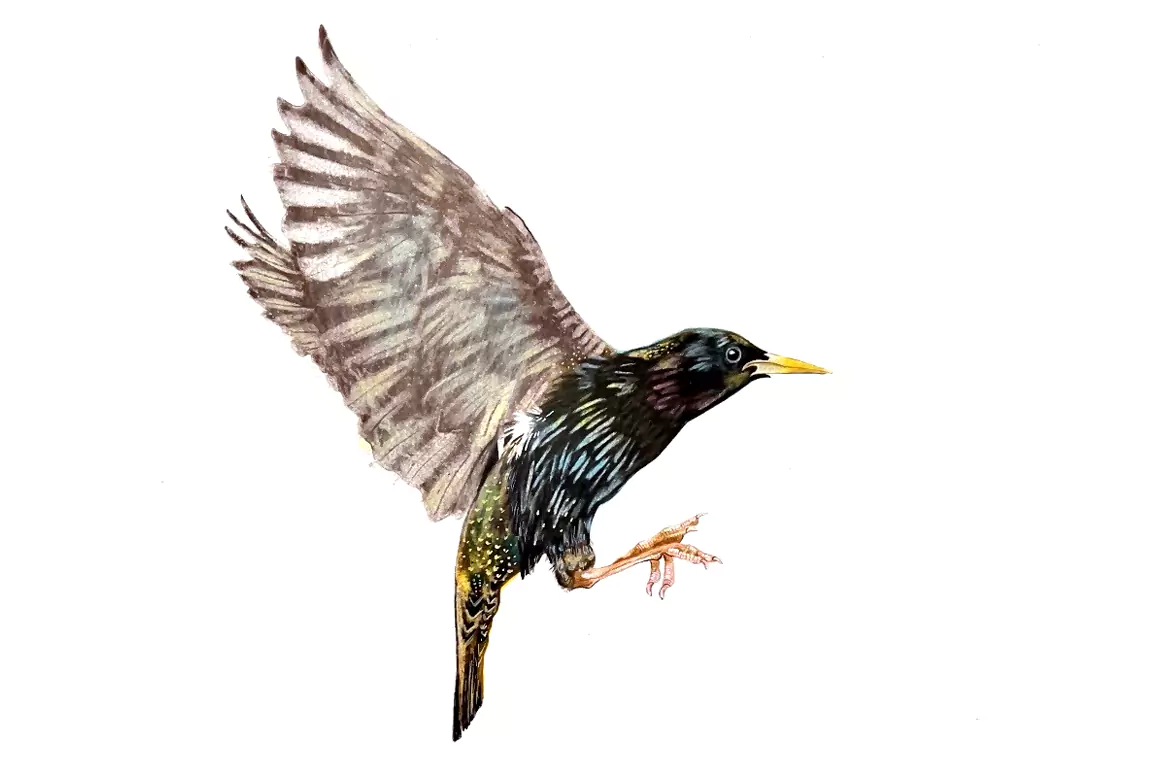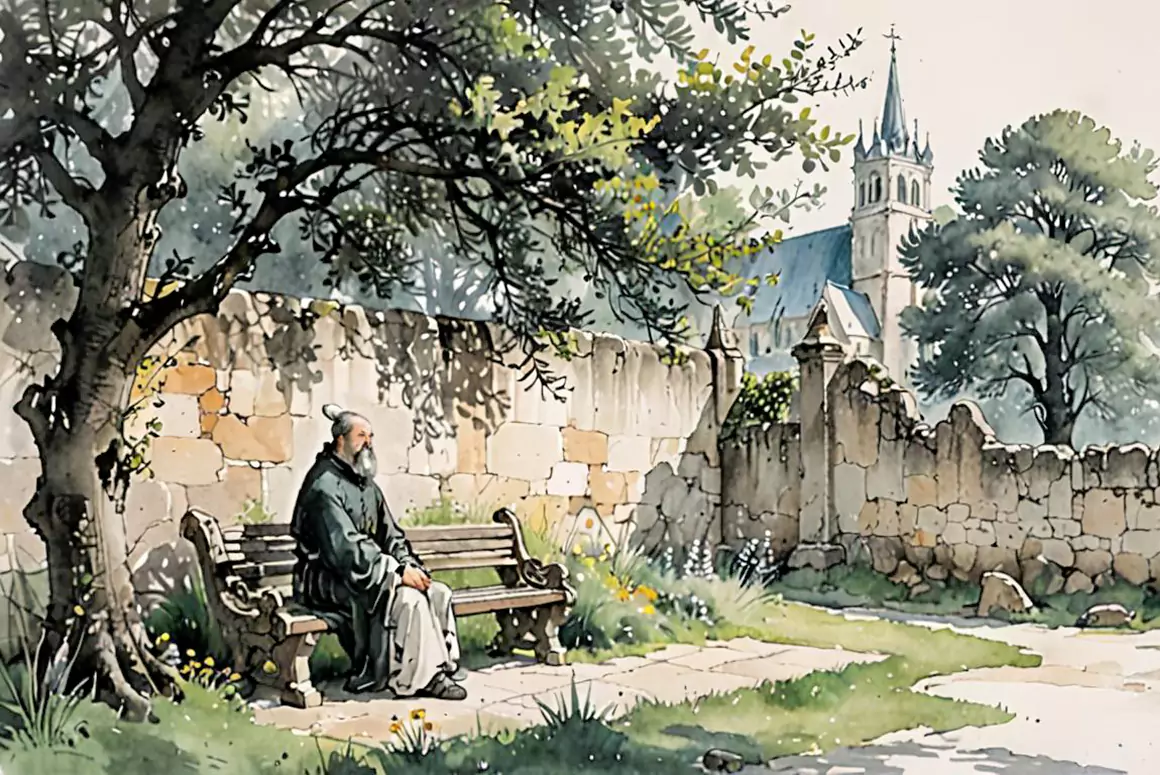Killing time, we ambled aimlessly on our evening stroll, extending our looping circuit around the streets of Porthcawl, hands clasped around takeaway cups of coffee to warm our fingers as we nattered about this and that and nothing much at all, simply enjoying the freshness of the evening and the warmth of each other’s company.
“Shall we head down here for a change?” my wife Rachel asked as she inclined her head toward a little side street – Philadelphia Road – that we hadn’t investigated before. We took the left turn, chatting on until, as we neared the end of the road, we paused to look up at the Noddfa Baptist Church which had appeared to our right. I was instantly captivated by its Art Deco simplicity, the small square/long rectangle of its glass door panels mirrored perfectly in the shapes of the lower window frames, the simple yet stylish flow of the brass door handles and the white-painted arch that dominated the upper façade almost making me believe that Hercule Poirot or Jay Gatsby may saunter past and bid us ‘Good evening’ at any moment.
Even more arresting than all of these, however, was one of the simplest elements of the design; the raised lettering of a date: • AD • 1939 •. As rocks simply gather barnacles to themselves, so do years become encrusted with the events they contain, giving them a historical, social and cultural identity all their own. In this respect, 1939 is abundantly and poignantly bedecked.
For one thing, it is generally recognised as the year that the Art Deco period ended. An artistic mayfly, it emerged and flourished in the relatively brief period of peace between the two World Wars, eventually swept away by the advent of the Second World War and the enduring global changes that followed in its wake, rendering the church’s beautiful, understated lines architecturally obsolete almost as soon as the last brick was laid.
Of course, the real poignancy rightly surrounds the war itself and, for this church, as with most buildings of its age, the role it may have played within that context. It’s entirely possible that some of those who were seated at the very first service to be held there would later die on Europe’s battlefields, leaving the pews forever empty of their presence, the hymns a voice or two lighter. How many thousands of prayers would have been said in those years of struggle and violence, and what was it that they actually prayed for? Perhaps some of the older worshippers implored for an older, simpler time before any recent conflict, a prayer for a world remembered through idealistic nostalgia; perhaps some of those younger faithful present prayed for the war to simply end, and for the arrival of the more modern, forward-thinking world that was surely to come after.
As these thoughts crossed my mind, I considered also how well these prayers might stand up today. So much is washed away on the ceaseless tides of time, and yet our problems remain: war lingers on, wearing a different face these days yet still recognisable; once again, a pandemic has swept the world much like another twenty years before the foundations of Noddfa Church were laid; the perennial problems of paying the bills, feeding the family, personal health and failing relationships among countless other petitions will linger on for as long as humankind lasts. All we can do is hope that all the prayers like those in the Noddfa Baptist Church, and all others like it, will do the same.





